
Miksi sinun pitäisi siirtyä digitaaliseen hankintaan nyt?
Johdanto: In the hectic business world of today, companies have to stay competitive, reduce costs, and increase efficiency. Companies may...

Saa 20€ alennusta ensitilauksesta!
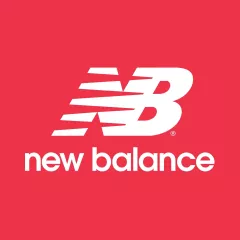
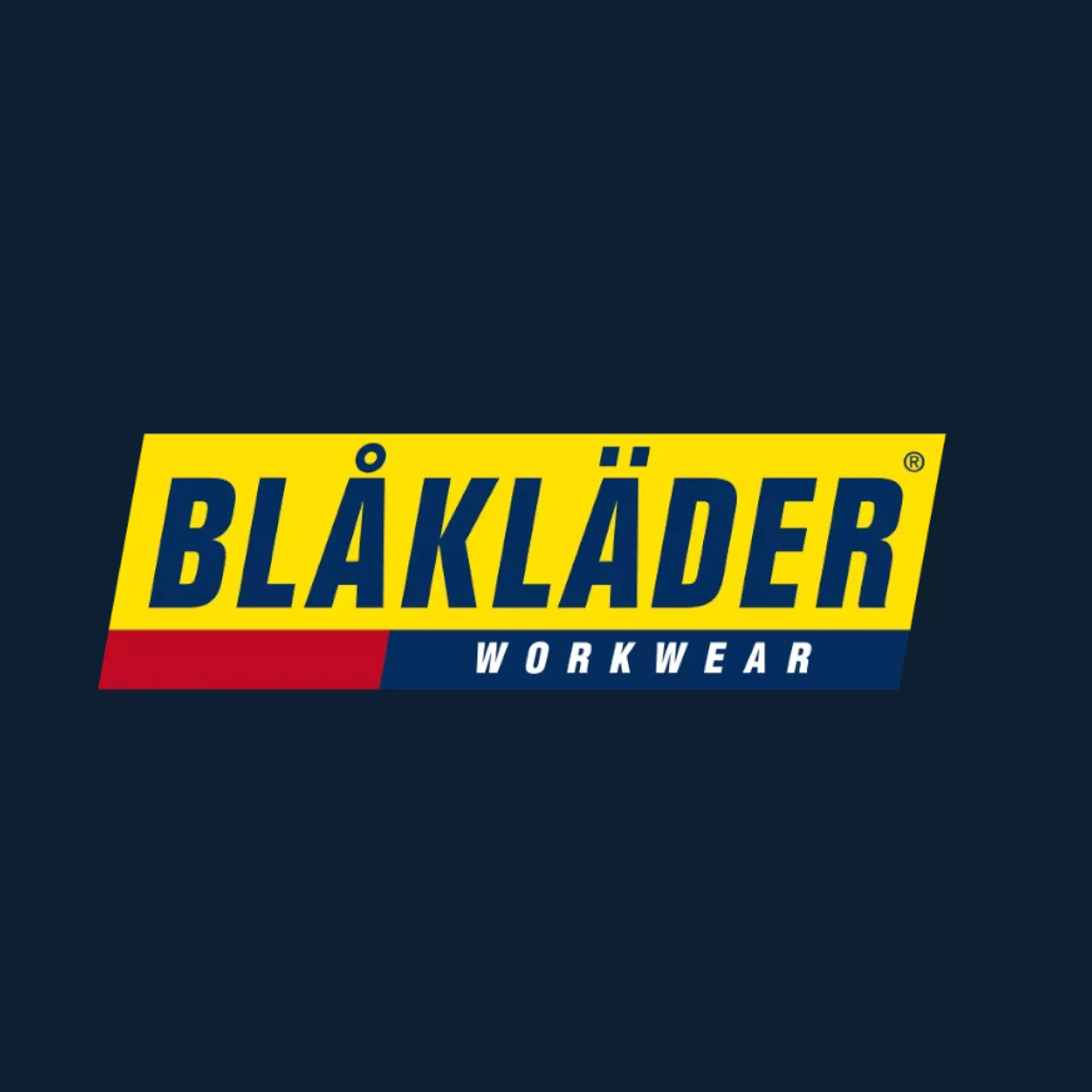

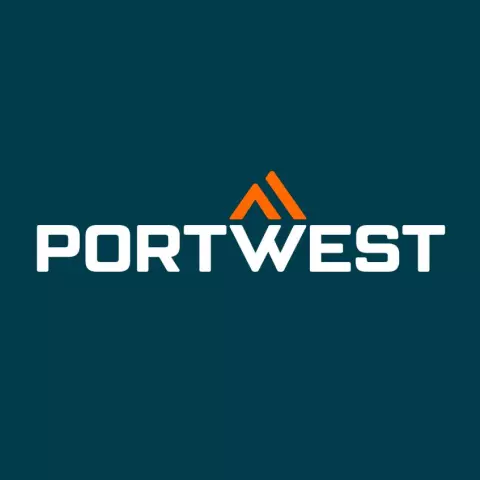



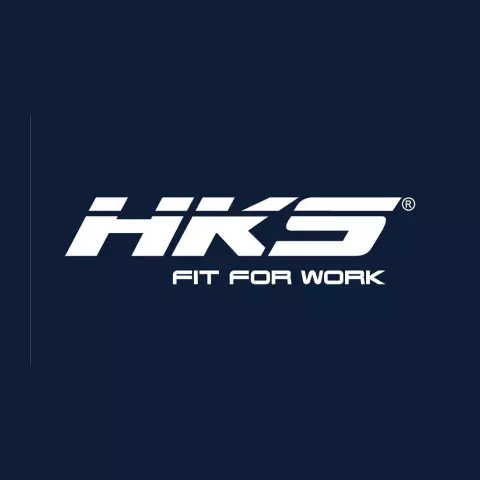


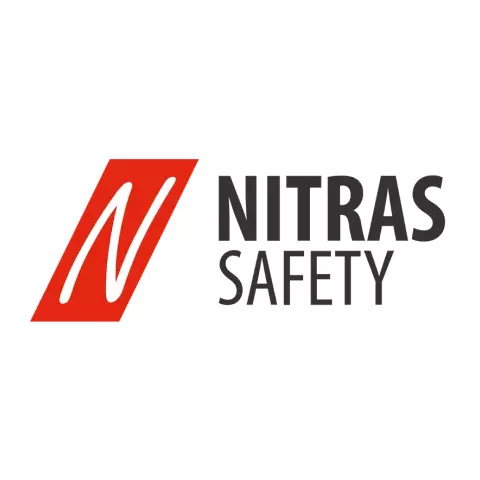

















Herättääkö termi tekoäly (Artificial Intelligence, AI) mielikuvia futuristisista maisemista, jotka ovat täynnä autonomisia koneita ja älykkäitä robotteja?
Vaikka tämä ajatus ei olekaan täysin kaukaa haettu, tekoälyn muutosvoima ei rajoitu vain scifi-tarinoihin. Kuten olemme nähneet ChatGPT:n nousun myötä, tekoälyllä on konkreettinen voima muuttaa eri liiketoiminta-aloja, eikä hankintateollisuus ole siitä poikkeus.
Luvut puhuvat puolestaan: Deloitten vuonna 2019 tekemässä tutkimuksessa kävi ilmi, että 51 prosenttia hankintajohtajista (Chief Procurement Officers, CPO) ilmoitti käyttävänsä kehittynyttä analytiikkaa. Vielä enemmän huomiota herättää se, että 25 prosenttia on kokeillut tekoälyä tai kognitiivisia ratkaisuja hankinnoissa, mikä on huomattava harppaus edellisvuoden 19 prosentista.
Tässä artikkelissa tarkastellaan tekoälyn roolia ja merkitystä hankinnoissa ja selvitetään, miten tämä teknologinen ihme virtaviivaistaa toimitusketjun prosesseja ja vahvistaa toimitusketjun älykkyyttä.
Käsittelemme seuraavia aiheita:
Aikakaudella, jolloin digitaalinen muutos valtaa liiketoimintaa, on tärkeää, että ymmärrät mekanismin, joka ajaa tätä muutosta.
Tekoälyllä (Artificial Intelligence, AI) tarkoitetaan periaatteessa mitä tahansa “älykästä” ohjelmistoa tai algoritmia, jolla on kyky oppia. Siihen kuuluvat esimerkiksi koneoppiminen (ML), jossa järjestelmät voivat kehittyä ajan mittaan datan perusteella, tai luonnollisen kielen käsittely (NLP), jonka avulla koneet voivat ymmärtää ja tuottaa ihmisten kieltä.
Seuraavassa on lueteltu ensisijaiset tekoälyn sovellusalat, joita voit hyödyntää hankintastrategioissa:
Koneoppiminen (ML): ML on joukko algoritmeja, jotka seulovat aiempia käyttäytymismalleja ja tunnistavat niistä kuvioita. Nämä kuviot antavat sitten tietoa päätöksistä tai ennusteista. Kuvittele skenaario, jossa toimitusketjujärjestelmä analysoi ennakoivasti ostohistoriaa ja ennustaa tulevaa kysyntää. ML:n avulla järjestelmät voivat trendien manuaalisen analysoinnin sijaan ennustaa, milloin varastot saattavat olla vähissä tai mikä toimittaja voi tarjota optimaaliset kustannukset aiempien tapahtumien perusteella, mikä parantaa toimitusketjun älykkyyttä.
Robottiprosessien automatisointi (RPA): Ajattele RPA:ta digitaalisena työvoimana. Se on ohjelmisto, joka on suunniteltu noudattamaan ohjeita ja suorittamaan toistuvia tehtäviä. Vaikka monet asiantuntijat saattavat väittää, ettei kyseessä ole “todellinen tekoäly”, sen vaikutus on kiistaton. Ajatellaanpa vaikka niinkin arkipäiväistä tehtävää kuin laskujen käsittely. RPA voidaan asettaa skannaamaan, validoimaan ja käsittelemään eri toimittajilta tulevia laskuja, mikä vähentää merkittävästi manuaalista työtä ja virheiden mahdollisuutta. Lisäksi RPA voi käsitellä tilausten tekemistä, lähetysten seurantaa ja paljon muuta, mikä mullistaa tekoälyn tehokkuuden toimitusketjun menettelyissä.
Yhteenvetona voidaan todeta, että oikean tekoälysovelluksen avulla hankinta voi muuttua toiminnallisesta välttämättömyydestä strategiseksi voimaksi, joka lisää operatiivista tehokkuutta ja tuo organisaatioille vertaansa vailla olevaa lisäarvoa. Sinun on kuitenkin ymmärrettävä erilaisten tekoälysovellusten väliset erot, ennen kuin voit integroida ne onnistuneesti hankintatoimiin.
Kun tekoäly otetaan käyttöön hankintaprosesseissa, perimmäisenä tavoitteena on tehostaa ja yksinkertaistaa manuaalisesti suoritettavia tehtäviä.
Historiallisesti hankintateollisuutta ovat vaivanneet manuaaliset prosessit, jotka usein ovat monimutkaisia ja hankalia, kuten laskujen manuaalinen tarkistaminen, paperiset tarjouspyynnöt ja aikaa vievät toimittaja-arvioinnit. Nykyään tekoäly purkaa tätä monimutkaista järjestelmää ja tarjoaa ratkaisuja, jotka hyödyntävät algoritmien voimaa sopimusten hallinnassa, tarjoavat strategista hankintaymmärrystä ja virtaviivaistavat tehtäviä, kuten automaattista laskujen täsmäytystä ja ennakoivaa kysynnän ennustamista.
Mikä on tästä saatava lisähyöty? Suurin hyöty tulee mahdollisuudesta käsitellä valtavia tietomääriä sellaisella nopeudella ja tarkkuudella, joka ylittää ihmisen kyvyt.
Konkreettisemmalla tasolla tässä on joitakin etuja, joita tekoäly voi tuoda hankinnoihin
Tekoäly auttaa sinua tekemään älykkäämpiä, nopeampia ja kustannustehokkaampia päätöksiä ja varmistaa, että hankintaprosessisi pysyvät virtaviivaisina ja kilpailukykyisinä.
Mutta tarkemmin sanottuna, missä hankintaprosesseissa tekoälyä voidaan hyödyntää eniten?
Yhteenvetona, tekoälyn integrointi hankintaoperaatioihin vaatii yksityiskohtaista strategiaa. Tekoälyn, kuten minkä tahansa uuden liiketoimintastrategian käyttöönotto tulee olla harkittu ja tietoon perustuva valinta.
Tässä on 7 yleistä parasta käytäntöä, joita suosittelemme noudattamaan:

Hankinnoissa tekoäly tarkoittaa edistyneen teknologian ja algoritmien integroimista, jotka mahdollistavat sen, että aiemmin manuaalisesti tehdyt tehtävät hoitavat koneet ihmisten sijaan, ja näin parannetaan tarkkuutta, nopeutta ja tehokkuutta.
Vaikka tämä evoluutio saattaa vaikuttaa valtavalta prosessilta, tekoälyn omaksuminen muuttaa perustavasti hankintaprosesseja. Oikein toteutettuna tekoäly lisää huolellisuutta, perusteellisuutta ja tarkkuutta tehtävissä, jotka ovat olleet työläitä ja manuaalisia.
Loppujen lopuksi tekoäly tarjoaa syvemmän analyyttisen näkökulman, raivaten tietä hankintamenetelmille, jotka ovat sekä innovatiivisia että vankkoja.
Kiitos! Opas aukesi uuteen välilehteen.



















Johdanto: In the hectic business world of today, companies have to stay competitive, reduce costs, and increase efficiency. Companies may...

Johdanto Supply chains face several hazards that might interrupt operations and lower profits in today’s turbulent economic environment. Natural catastrophes,...

Johdanto How companies find, handle, and buy goods and services has changed a lot because of technology developments in procurement....

Johdanto: In the hectic business world of today, companies have to stay competitive, reduce costs, and increase efficiency. Companies may...

Johdanto Supply chains face several hazards that might interrupt operations and lower profits in today’s turbulent economic environment. Natural catastrophes,...

Johdanto How companies find, handle, and buy goods and services has changed a lot because of technology developments in procurement....
Saat 20 € alennusta ensimmäisestä tilauksestasi!
Säästä 30 % ostamalla suoraan brändeiltä ja saat lisäksi 10 € alennusta yli 100 € tilauksista
Sparen Sie 30 %, indem Sie direkt von Marken kaufen, und erhalten Sie zusätzlich 10 € Rabatt auf Bestellungen über 100 €